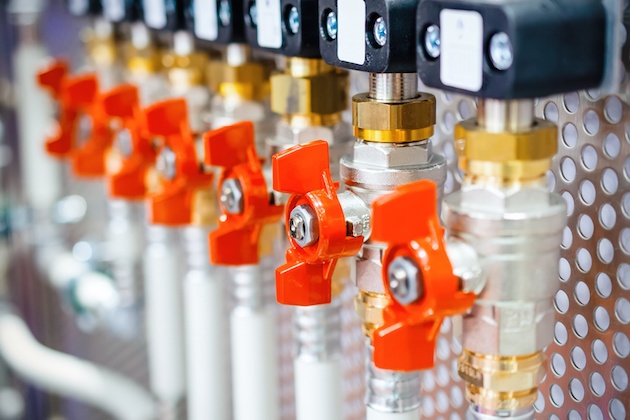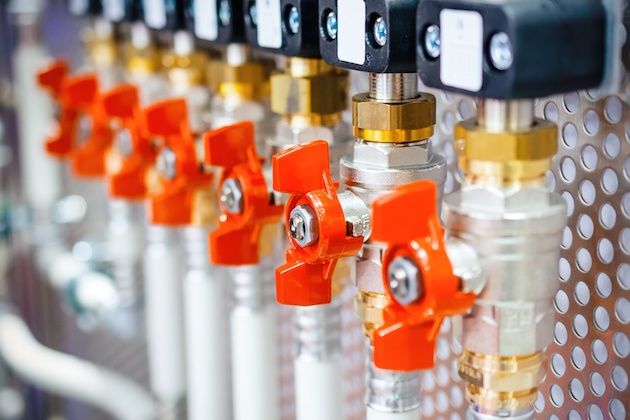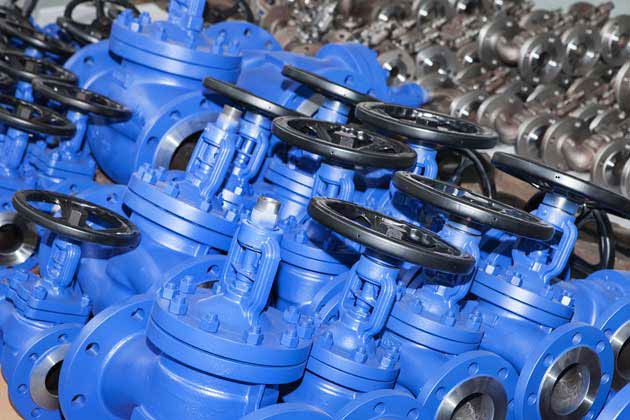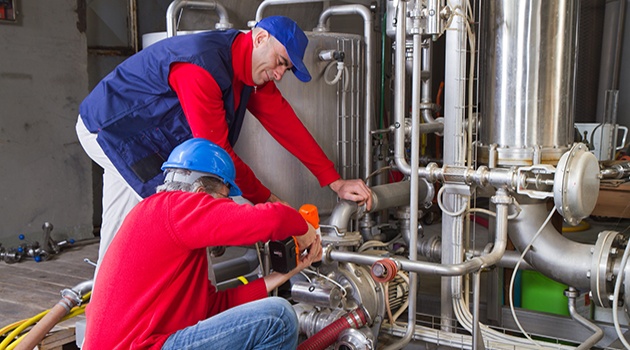
Corrotherm supplies a full professional service for pipeline valves, helping you from start to finish. We have a list of trusted suppliers who we know can deliver the high-quality products that our customers need, and we can deal with everything from a single valve to far more complex setups.
One of the valve types that we can offer is the Ball Valve, both floating and trunnion, which come as single valves, split-body valves or three-piece body valves – they all work in the same way, but it changes how the valves are manufactured and put together, and the design required is dependent on the end use, as each has its benefits. It’s a common type of valve used within the oil and gas industry and it plays an essential role in any pipeline setup to control the flow and the pressure of oil, gas or other liquids.
How does a ball valve work?
Ball valves use a ball, as is suggested by its title, which helps to control the flow of a pipeline’s contents. Through the centre of the ball is a bore. A ball valve can be turned on and off quickly. When the valve is open, the bore is lined up with the pipeline opening to allow the oil, gas or other liquid to pass through. It can then be turned to the closed position, where the bore is perpendicular to the pipeline’s opening, hence blocking the flow of the contents from moving through.
Generally, ball valves only need to have this 90-degree rotation to operate and that is standard, allowing it to open and close quickly and easily. In some circumstances, it might be desirable to have full 360-degree rotation.
The ball valve is often a valve of choice in pipeline applications, as it is very reliable and provides an air-tight seal when it is turned off, as well as being quick and easy to operate. They are quite compact and generally require little maintenance. However, Corrotherm’s full pipeline service does mean that we’re able to have an expert engineer examine any valve maintenance requirements or assess valve issues.
There are two different types of ball valve that Corrotherm supplies.
Trunnion Ball Valve
If you are working on a project where there will be high pressure, this could be the best option. This kind of valve has an extra anchoring system on the top and the bottom, which helps to relieve extra pressure and reduce friction to maintain the safe operation and lifetime of the ball valve.
Floating Ball Valve
As suggested by the name, floating ball valves don’t have the extra anchoring system of the trunnion ball valves, and hence they ‘float’ connected only to the stem of the valve. The ball moves down slightly with the flow of the pipeline’s content until it reaches the opening, creating a seal and stopping the flow of liquid.
Find out more about Corrotherm’s valve options, including the ball valves and other valve types, on our dedicated page or use our Contact page to get in touch and find out more.
 How does a ball valve work?
How does a ball valve work?

